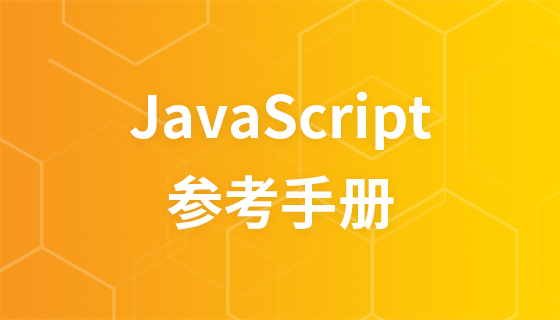
Cet article présente principalement la méthode Javascript pour obtenir l'effet de fondu de la couche P, impliquant des techniques liées à la manipulation JavaScript des éléments de page et aux changements de style. Les amis dans le besoin peuvent se référer à
<!DOCTYPE html PUBLIC "-//W3C//DTD XHTML 1.0 Transitional//EN"
"http://www.w3.org/TR/xhtml1/DTD/xhtml1-transitional.dtd">
<html xmlns="http://www.w3.org/1999/xhtml">
<head>
<meta http-equiv="Content-Type" content="text/html; charset=utf-8" />
<title>Test Alpha</title>
<style type="text/css">
#show {
background:#ffff66;
font-size:12px;
height:200px;
width:300px;
left:300px;
position:absolute;
text-align:center;
filter:alpha(opacity=0);
}
</style>
</head>
<body onload={document.getElementById('show').style.opacity=0;}>
<p id="show"></p>
<button onclick=fun()>button</button>
</body>
<script>
function fun(){
var p=document.getElementById('show');
p.style.opacity=1;
hidden(document.getElementById("show"),1,-0.01);
}
function hidden(o,i,s){
t=setInterval(function(){
i+=s;
o.style.opacity=i;
if(i<0)window.clearInterval(t);
},1);
};
</script>
</html> pour en savoir plus. didacticiels associés Veuillez visiter le Tutoriel vidéo JavaScript



